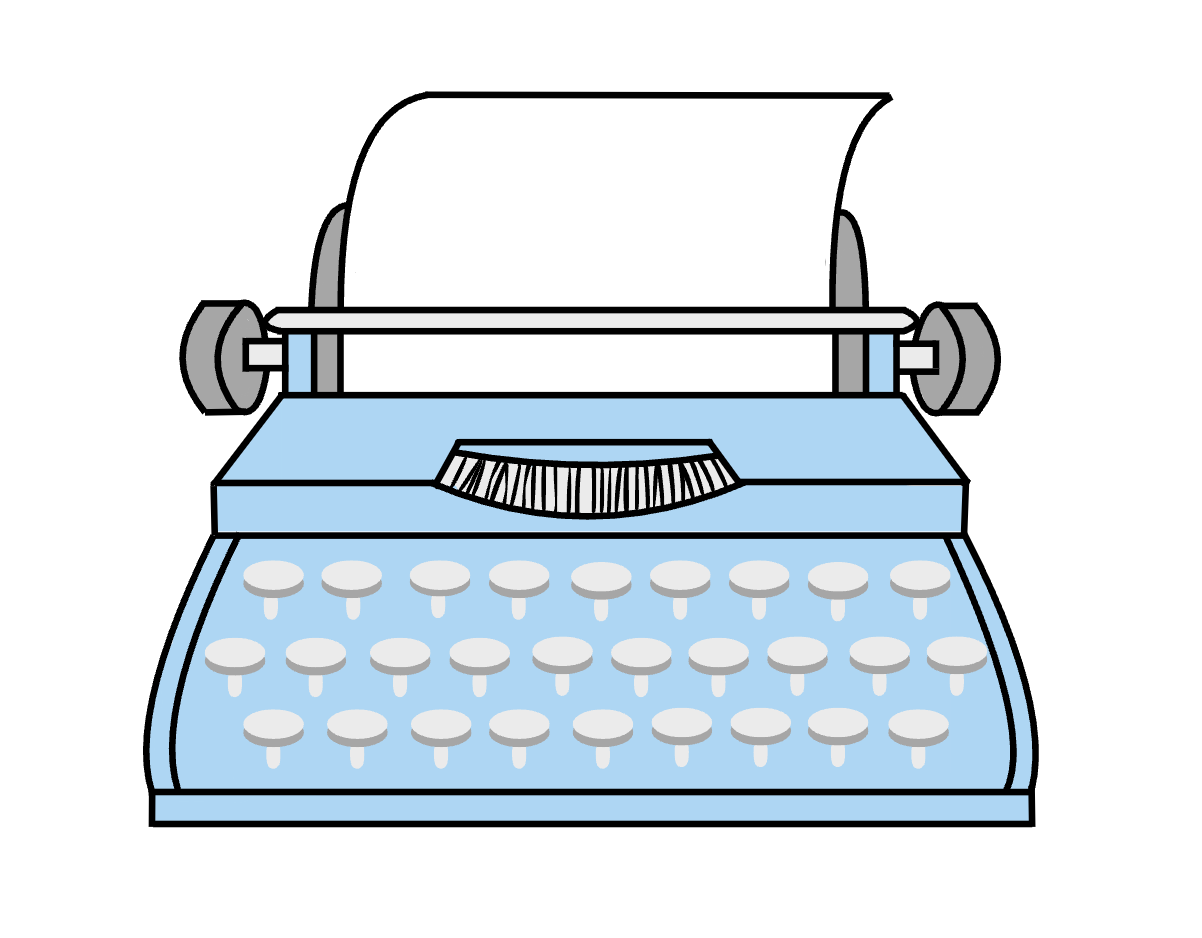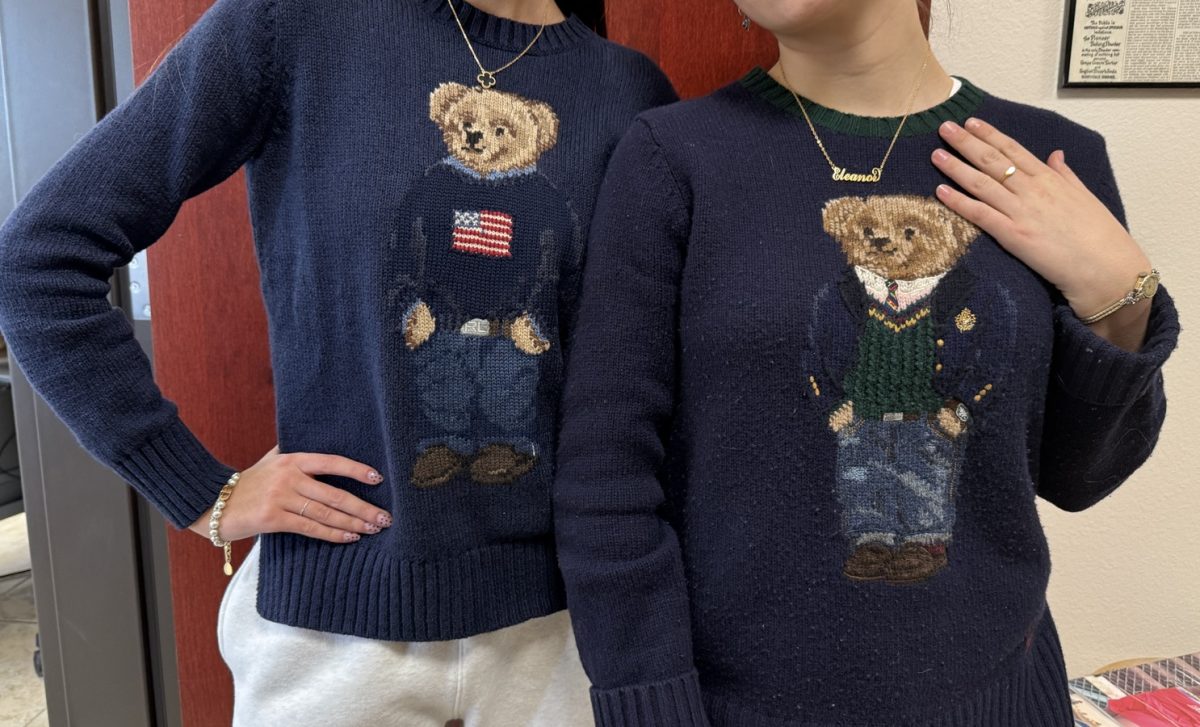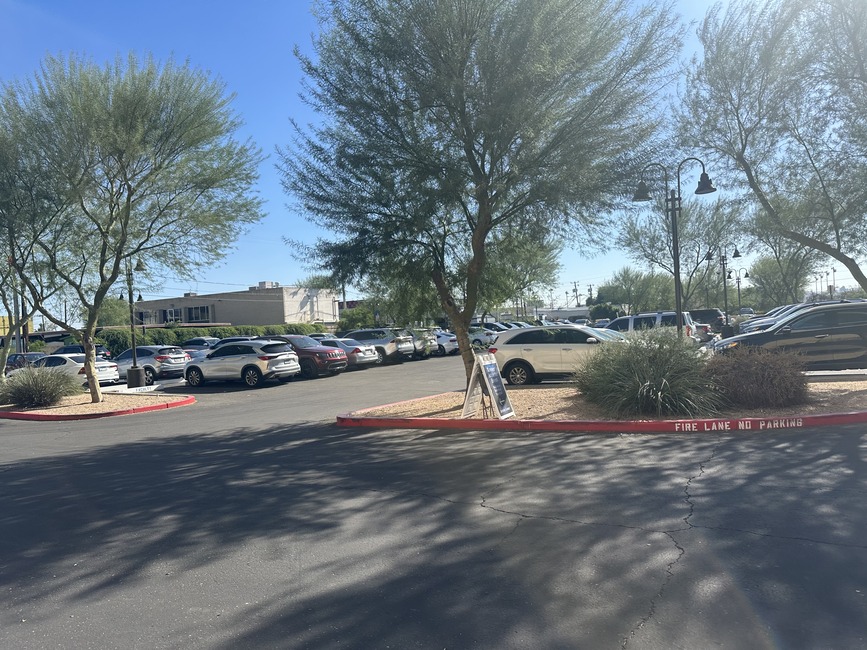Fashion, a billion dollar industry, is the one that the majority of humans use to express themselves or indicate where they might be headed off to. You might throw on a sweat-set when you are feeling comfortable and relaxed, or you might button up your collared shirt and make sure the pleats in your skirt are defined for school.
People can get fixated on how they present themselves to society. Sometimes, we catch ourselves buying items that are strictly popular because of trends. This phenomenon is known as “fast-fashion.”
An example of “fast-fashion” was the 2018 trend, “VSCO girl.” The trend included pastel colors, high ponytails, beach-like clothing and jewelry, and tons of scrunchies. Coming from first-hand experience, the puka-shell necklace quickly became an item that I stopped wearing after a couple of months because the trend became “too basic” due to its mass popularity.
I can say that it may get difficult to determine whether it’s an item that you truly like or if you only like it because it is popular at that moment in time.
Not only is fast-fashion bad for your closet, but it is tough on our environment.
“Fast-fashion is a complex issue. On one hand, it makes trendy clothing more affordable and accessible, but on the other, it has significant ethical and environmental consequences. The industry is notorious for poor labor conditions, low wages and unsafe working environments in factories. Environmentally, fast fashion contributes to massive textile waste, pollution from synthetic fabrics, and high water consumption,” said Maddie Ballecer, senior at Xavier who has her own “Depop” business. “Depop” is an app/website where people sell or buy vintage clothes, handmade clothes or brand-new clothes.
With social media creating microtrends in the fashion industry, it can be hard not to fall into habits of contributing to fast-fashion.
Some microtrends examples are exotic prints and textures, such as checkerboard designs or those “Edikted” flared leather pants you have hidden in your closet.
“It’s produced so fast. They come up with designs that are ‘in-style’ and they keep producing it. It causes so much waste in our environment. It’s just giant landfills with hundreds of miles of clothing,” said Ellie Hilsabeck, a senior at Xavier who has a personal blog “Monkey Business” which partially discusses fashion trends.
In efforts to avoid contributing to fast-fashion, practicing lifestyle choices such as second-hand shopping (“thrifting”), or simply wearing what you have for longer periods of time can prevent falling into fast-fashion.
Second-hand shopping is the best closet advancer. Going to stores that are second-hand only allow for the shopper to purchase one-of-a-kind clothing.
In 2025, people should try to pick up this hobby if they are trying to contribute less or none at all to fast-fashion.
“Thrifting and buying secondhand to give clothes a second life and reduce textile waste,” Ballecer added.
With those pieces you have in your closet that you aren’t totally willing to give away that could use a couple of alternatives for you to like it better, sewing can be a great solution.
“Everybody’s bodies are different, and sewing allows for you to be able to alter your own clothes to make them actually fit to the way you want them to,” said Lexie Rinaldi, creative textiles teacher at Xavier.
When considering where you want to do your wardrobe shopping, using websites such as Good On You will allow you to be informed on how sustainable the clothing brand of your choice is.
“They have the big brands that we shop at today, and you can look up some brands and see how sustainable it is for people, the planet and animals,” Hilsabeck added.
Striving to be sustainable in 2025 and buying timeless pieces of clothing will be at your advantage. It is truly “quality over quantity,” said Ballecer.
Most notably, fashion is unique to every individual. What is “in-style” and what is not “in-style” differs from person to person.
Coming from the girl who wears cheetah-print loafers to school every day in 2025, wear what you believe suits yourself and what you are comfortable in – at the end of the day, that is all that matters.









